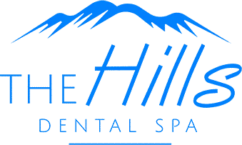A brief article in the June 2011 issue of “Redbook Magazine” discussed radiation and when to be concerned.
“Radiation is all around us. When should you worry?
The nuclear crisis in Japan sparked not only debate about the safety of power plants but also fear over radiation we encounter every day. But Henry Royal, M.D., a nuclear medicine specialist at Mallinckrodt Institute of Radiology in St. Louis, offered this reassurance: The doses of radiation that traveled from Japan and our daily exposures are too small to pose much risk. Radiation is a weak carcinogen, so only much larger amounts harm your health, he says. Experts discourage unnecessary exposure, but this factoid puts the danger in context: To hit the upper yearly exposure limit for nuclear power plant workers, a person would have to get a heart CT scan, 10 mammograms, about 252 chest X-rays, and spend about 100 hours in an airplane…[here’s] how much radiation you get from common sources.
Acute radiation sickness begins: 100,000 millirems (mrems)
Annual recommended limit for nuclear power plant workers: 5,000 mrem
Getting a cariac CT scan: 2,000 mrem
Getting a whole-body CT scan: 1,000 mrem
Living at high altitude (radiation from the atmosphere): 52 mrem/year
Getting a mammogram: 42 mrem
Smoking a pack of cigarettes: 36 mrem
Living at sea level (normal radiation from the atmosphere): 26 mrem/year
Having a chest X-ray taken: 10 mrem
Traveling in an airplane: 0.5 mrem/hour
Having a dental X-ray taken: 0.5 mrem”


